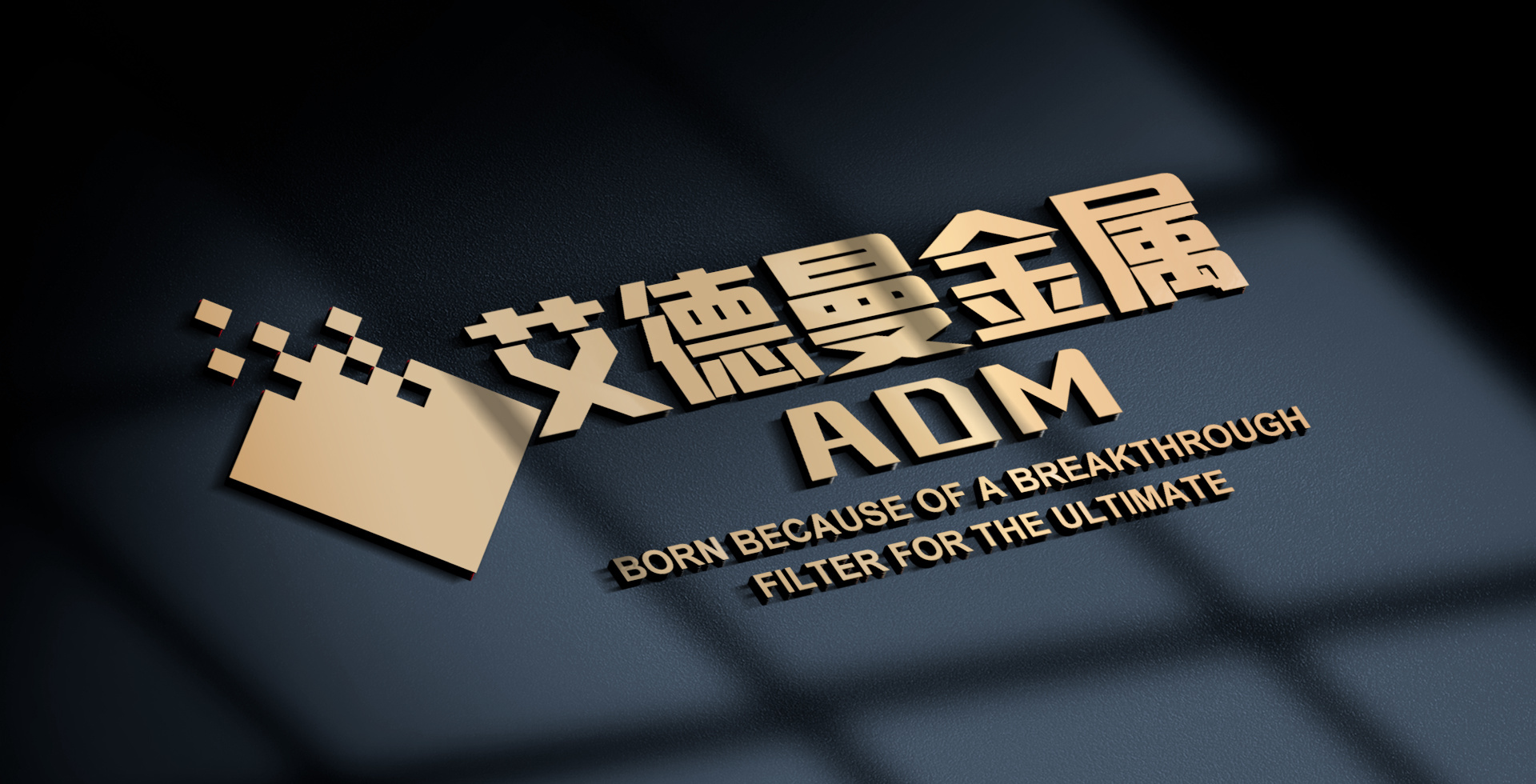OUR PROCESS TECHNOLOGY
The company introduced drafting machines, air-laid machines and other equipment from Europe and the United States, combined with non-woven technology and aerodynamic principles, and independently developed a metal fiber filament drawing and air flow dispersion automatic felting production line, which is the application field of filtration and separation products. Approved process method.
It can produce ultra-long fiber porous materials with stable pore structure and uniform pores, which solves the short and uneven fiber formed by the cutting method and the screen method, and overcomes the low production efficiency and discontinuity of the wet-laid web. The metal fiber sintered felt manufactured by the process of drawing and airlaid has a series of advantages such as large dirt holding capacity, high structural strength, and controllable pore structure.

Metal fiber sintered felt
The multi-layer structure of the metal fiber felt enhances its dirt holding capacity, while its homogeneous network structure and curved flow channels cast excellent porosity.
View more +Metal fiber sintered felt with protective net
The metal fiber sintered felt is made of metal fibers with a diameter of micrometers through non-woven laying, stacking and high temperature sintering.
View more +PRODUCT APPLICATION FIELD
Polyester fiber, polyester bottle flakes, polyester film, viscose, spandex



NEWS


